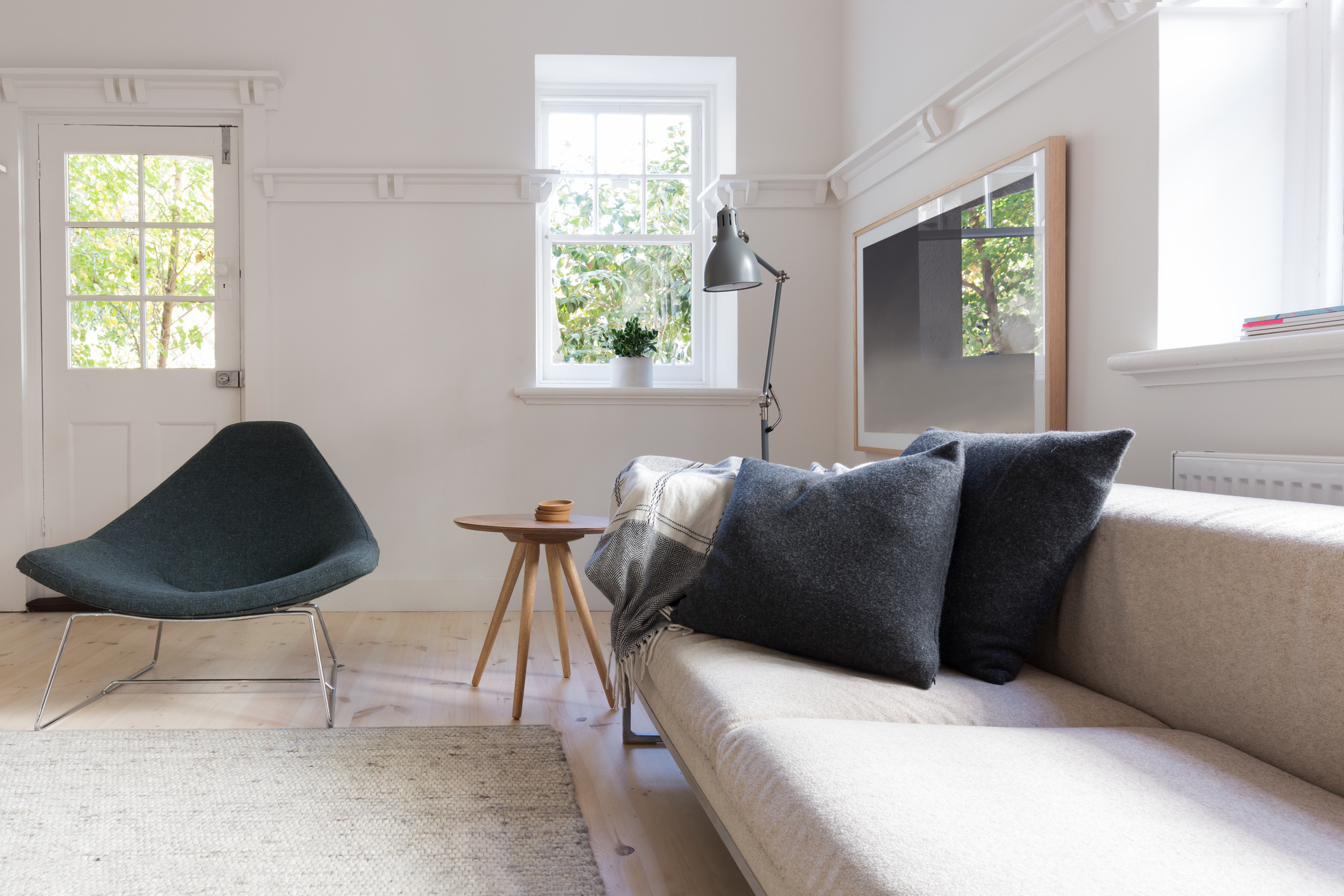
There are many frustrations in being a DIY painter.
Right from the start there is the herculean task of opening the daunting paint swatch book when you just want ‘a nice neutral’ colour for the living room. How on earth are there so many shades of white? What exactly IS ‘passive’ gray versus ‘looking glass’ grey? Do I go for gloss, satin, eggshell or flat paint? And just how is it all so hard?
The worst thing though is when you think you’ve finally made it. You’ve endured heroically going through hundreds of colours at the paint store (and arguing with your partner) and you think you have finally found THE ONE at last. So you buy up cans and load your vehicle, paint the walls over the weekend with backbreaking effort and then horror…it’s not the light gray colour it appeared on the swatch at all and you’ve ended up with a green tinged wall!
This is particularly true for neutrals. They are so light on the swatch that you can’t really tell the undertones that are going to come through when painted on a broad wall surface in the sunlight. But every neutral colour has undertones like green, yellow, brown or blue, so you have to keep this in mind and choose carefully.
The undertones in neutrals mean they can be warm shades (red, brown, orange or yellow undertones) or cool shades (blue or green undertones). Warm tones are good for decorating with rooms featuring wood, in more traditional houses and in rooms with mainly artificial light to make them seem more inviting. Cool tones are great for contemporary designs and rooms with a lot of natural light.
Mixing warm and cool colours together can make a house look dirty so it’s best to keep a consistent tone throughout.
When choosing a neutral swatch in the first place, don’t just look at the tile of the neutral. When compared alongside one another, neutrals of a similar grade can be difficult to tell apart and it can be difficult to pick the undertones. The names of the colours are also often unhelpful! (Balboa mist anyone? How about Seagull?) Instead, look directly at the darkest tile on the swatch strip. This will be the easiest way to tell if you are looking at a cool blue/green or a warm red/yellow tinged neutral. Another helpful trick is to hold the neutral tile up against a real white or gray. This will make the tones stand out and give you a better idea of how strong the colour is.
Once you’ve narrowed down your options, don’t simply buy the paint at the store. Bring home some swatches and hold them up in the room. Test them in different lights and see if your lighting accentuates the colour and if it complements it. Natural light tends to show the paint’s ‘true’ colour but if your room of choice is largely lit by artificial lighting this isn’t what you need to see. See how it looks in the evening as well as the middle of the day. Buying a sample of the paint and painting strips on the wall is another important way to get a better idea of what the paint look like on a broader expanse.
Painting is a big job and an exhausting one. While these neutral tests may seem fiddly or time consuming, it is far better to take your time and find a colour you are happy with the first time. You don’t want to face the time and money of getting it redone or have to live with a colour you dislike.
When you’ve chosen your shade, you're ready to go! Need some help? You can find your local painter at Look Local WA.
Hi there,
Would you like to receive home decor
ideas and DIY tips to your inbox?
Subscribe to our mailing list!

